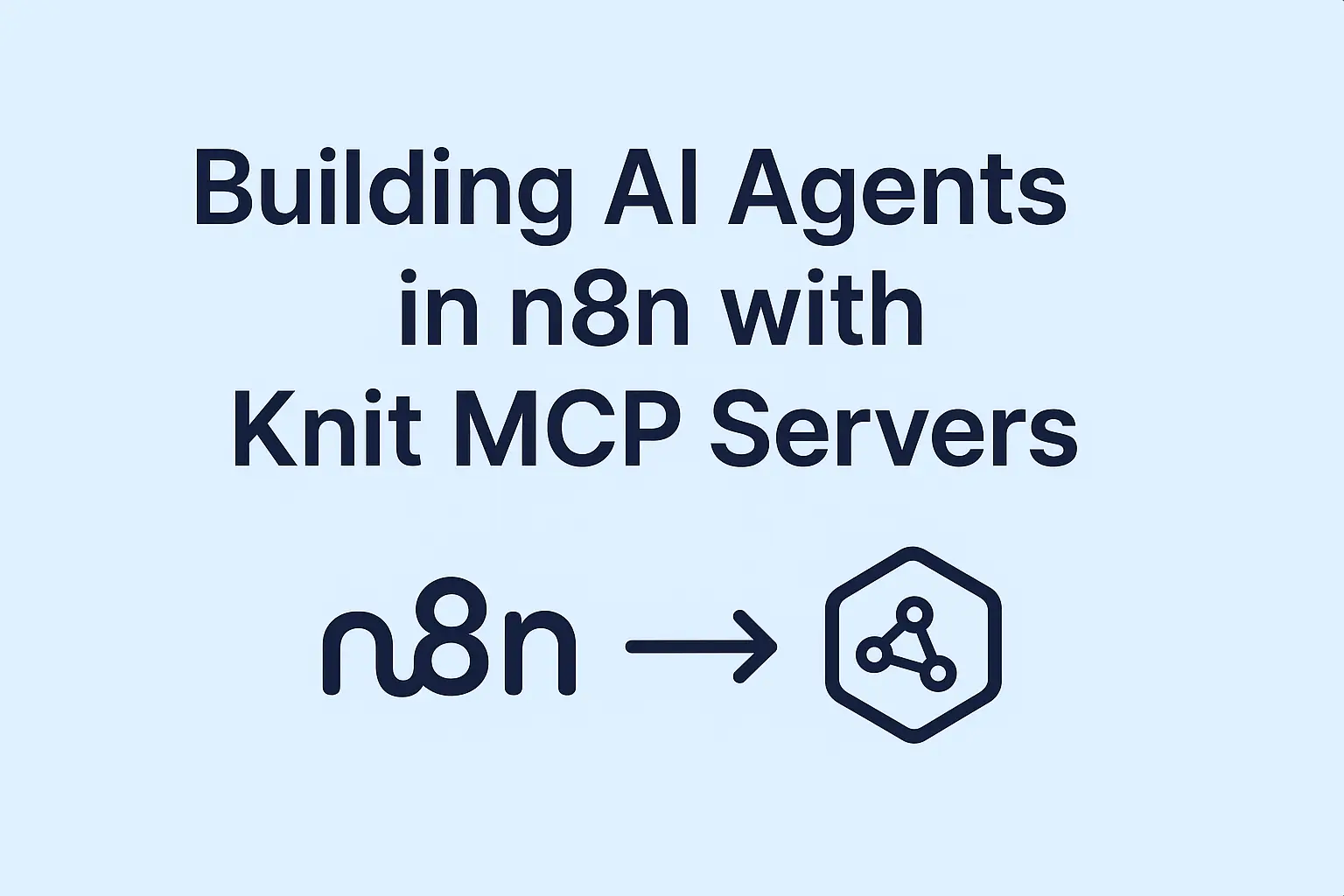Note: This is a part of our API Security series where we solve common developer queries in detail with how-to guides, common examples, code snippets and a ready to use security checklist. Feel free to check other articles on topics such as authentication methods, rate limiting, API monitoring and more.
Securing your APIs is not a one-time effort but a journey that begins at the very inception of your API idea and continues throughout its entire lifecycle.
While much attention is often devoted to the creation and maintenance of APIs, the process of API lifecycle management and decommissioning is sometimes overlooked, though it is a vital component of any organization's IT strategy. Neglecting this phase can lead to security vulnerabilities, data privacy issues, and operational headaches. In this article, we will discuss the reasons behind API decommissioning, best practices for doing so, and the significance of a well-executed exit strategy to ensure that your API landscape remains secure, efficient, and resilient from inception to retirement.
Stages in API Lifecycle
Following are some of the key phases in a API’s lifecycle —
1. Design phase
Security should be a foundational consideration in the design phase. Consider access controls, data encryption, and authentication mechanisms right from the start. This is where you lay the groundwork for a secure API.
Read: API Security 101 where we discussed all these in details
2. Development phase
During development, follow secure coding practices and conduct code reviews to catch potential vulnerabilities. Implement input validation, sanitize user inputs, and enforce least privilege principles to reduce attack surfaces.
3. Deployment phase
As you deploy your API, configure security settings, such as firewalls, intrusion detection systems, and access controls. Use HTTPS to encrypt data in transit and ensure secure server configurations.
4, Operations phase
Continuously monitor your API in production. Implement real-time security monitoring and logging to detect and respond to threats promptly. Regularly update dependencies and patches to keep your API secure against known vulnerabilities.
5. Retirement Phase
Even when an API is no longer in active use, its data and code may still pose a security risk. Securely decommission APIs by revoking access, deleting sensitive data, and disabling unnecessary endpoints. This phase ensures that the legacy of your API doesn't become a liability.
API Decommissioning best practices
The retirement of an API is often overlooked but is just as critical to security as its deployment. Think of it as responsibly dismantling a building to prevent accidents. Securely decommissioning APIs involves a systematic process to minimize potential risks:
- Identify legacy APIs: First, identify APIs that are no longer in use or have become obsolete. Keep a record of which endpoints and resources they access.
- Audit access: Ensure that access to these APIs is restricted to only authorized personnel. Remove unnecessary user privileges and access rights.
- Data cleanup: Delete any sensitive or confidential data associated with retired APIs. Ensure that data is properly archived or anonymized as required by data protection regulations.
- Update documentation: Update your documentation to reflect the retirement status of the API. Make it clear that the API is no longer supported or actively maintained.
- Redirect or disable: Consider implementing redirection mechanisms for clients still attempting to access the retired API, guiding them to more current alternatives. Alternatively, disable the API entirely if no further use is expected.
By considering security at every phase of the API lifecycle and ensuring secure decommissioning, you not only protect your digital assets but also demonstrate a commitment to safeguarding sensitive data and maintaining the trust of your users and partners.
Related Reading




.webp)




